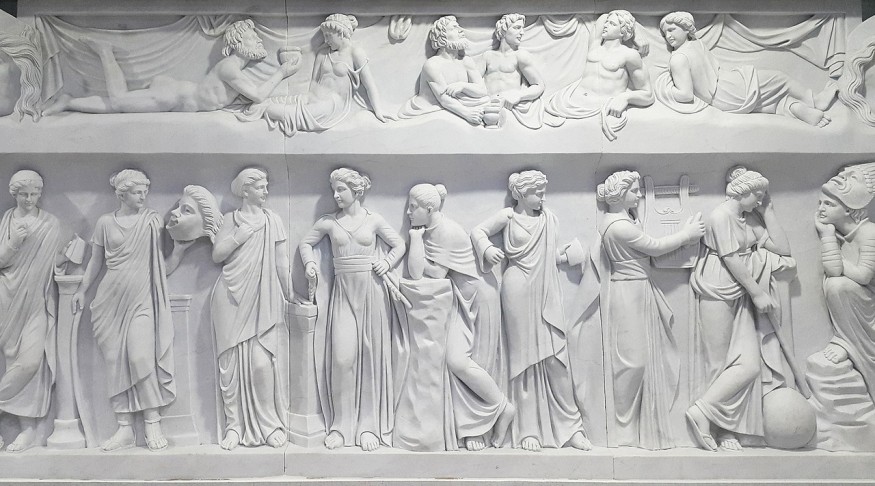
A broken marble statue of the Greek mythology deity "Pan" was spotted at an archaeological site's "backfill."
Archaeologists Find 'Pan' Statue in Istanbul Early Church Ruins
The discovery was made as archaeologists were conducting excavations in an early Christian church's ruins, Live Science notes. The statue reportedly had a naked torso and some goat horns, as the figure was playing a reed pipe. It was roughly 20 centimeters tall and 18 centimeters wide. It is badly damaged, as only its arm, torso, and head remain.
Archaeologists assume that the location of the finding resulted from a modern mistake of some sort, as they think that it is unlikely for an early Christian church to have kept such a statue.
According to Heritage Daily, the statue was specifically found at the Church of St. Polyeuktos, which is one of the biggest ones ever built in Constantinople. The statue dates back roughly A.D. 323, which was around the time ancient Byzantium was chosen to be the Roman Empire's new capital. Emperor Constantine the Great then renamed the city "Nova Roma," which means "New Rome."
Excavations in Sarachane Archaeology Park, where the church used to be, have been conducted since June 2022, per Anadolu Agency.
Ken Dark, a historian and archaeologist from the University College London and an ancient Istanbul expert who did not participate in the excavations, mentioned to Live Science that the statue could have been part of the classical object collections that were brought to Istanbul during A.D. 400 to 600.
Dark adds that none of these were exhibited in monasteries or churches, but were used as ornaments in aristocratic and public areas. The specific Pan statue could have been broken and deposited inside the church ruins after the building was left unused.
He adds that it remains a mystery why the importation of such figures stopped after A.D. 600. This could possibly be because such ornaments were increasingly perceived as unchristian as Byzantines started focusing more on Christian dynamics.
Read also: Ancient Greek Treasure: Archaeologists Discovered 1500 Years Old Burial In Inner Mongolia
Greek Deity Pan
Pan is usually depicted as having hindquarters and goat-like horns. Its depiction is strikingly similar to that of mythical satyrs and fauns. The deity was also a famous player of reed pipes, which have now been called Pan pipes in honor of him.
Initially, Pan was responsible for peculiar woodland sounds that led to baseless fears among crowds, herds, and people in lonely areas.
Based on the book of Timothy Gantz, an American classicist, the Greek deity was regarded as the god of the fields, woods, wilds, flocks, and shepherds. Pan could have originally been a deity for fertility, with his reputation including cavorting with nymphs.
Interestingly, the Online Etymological Dictionary notes that the word "panic" actually originated from the Greek deity's name. It comes from the Greek term "panikon," which translates to "pertaining to Pan."
RELATED ARTICLE : Statue of Hercules 'Missing Piece' Found? Archaeologist Suspects It Could Be the Marble Head Pulled from Sunken Ship
Check out more news and information on Archaeology in Science Times.
© 2025 ScienceTimes.com All rights reserved. Do not reproduce without permission. The window to the world of Science Times.










